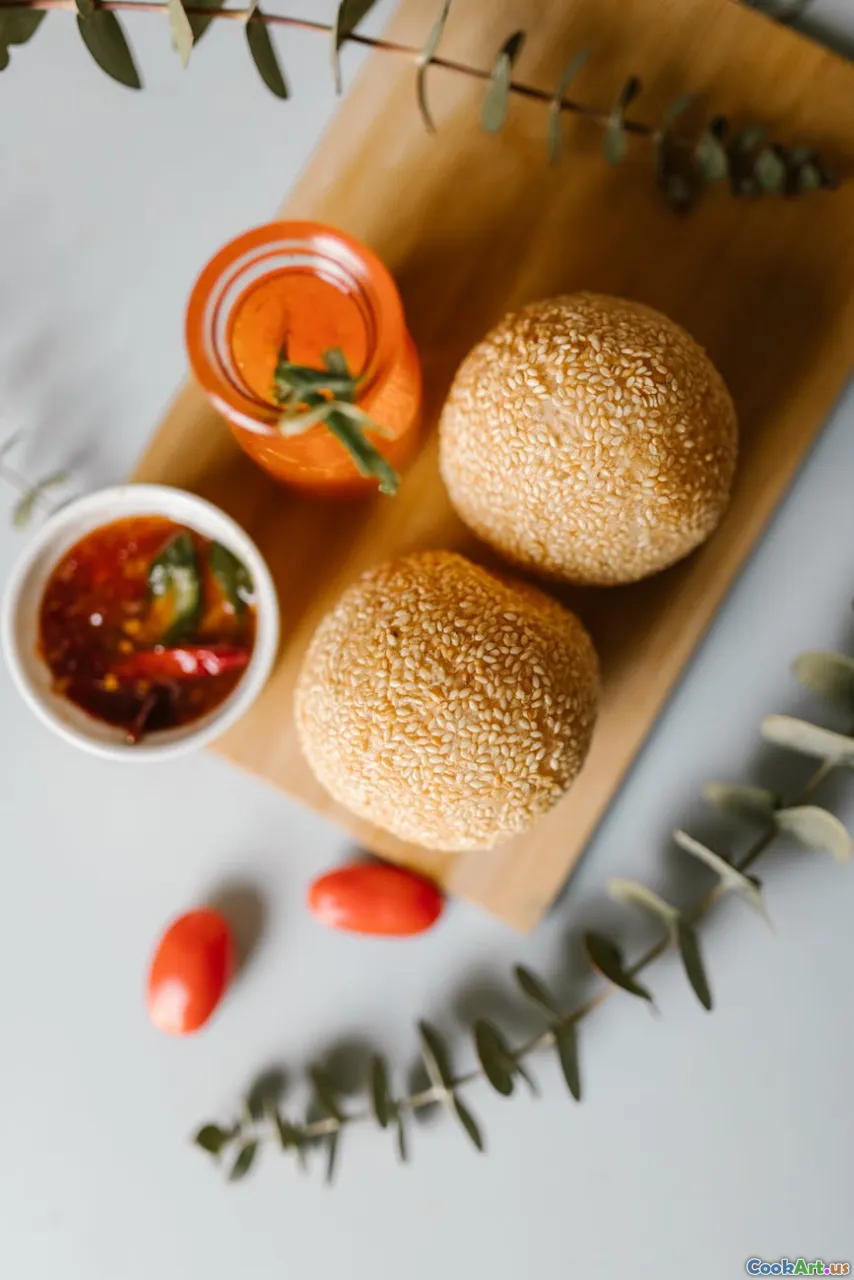Taste the World: Fusing Global Cuisines
6 min read Discover the art of blending global cuisines with creative fusion recipes that tantalize the taste buds. April 06, 2025 17:45
Taste the World: Fusing Global Cuisines
In the vast realm of culinary arts, the concept of fusion cooking symbolizes the intersection of cultures and flavors. This exciting approach to cooking invites chefs and home cooks alike to break traditional boundaries, creating innovative dishes that reflect the world's diverse gastronomic heritage.
The Essence of Fusion Cuisine
Fusion cuisine is not merely about mixing ingredients from various cultures; it’s about understanding the stories and traditions behind those ingredients. At its core, fusion cooking encourages experimentation, creativity, and the celebration of diversity in our food. Whether it’s a Korean taco or a sushi burrito, these dishes resonate with the idea that food can unite people from all walks of life.
A Brief History of Fusion Cooking
Historically, fusion cooking can be traced back to ancient trade routes where spices and ingredients traveled across continents. For instance, the Silk Road not only facilitated trade but also cultural exchange, leading to culinary innovations that shaped the cuisines of Asia, the Middle East, and Europe. Fast forward to the 20th century, and the post-World War II era saw an explosion of cultural exchanges resulting in the popularization of various fusion dishes.
Creative Fusion Techniques
When it comes to fusion cooking, the possibilities are endless. Here are some techniques that can help you master this art:
1. Ingredient Substitution
Experimenting with local ingredients can yield surprising results. For instance, using miso in a traditional Italian risotto can add depth and umami, creating a delightful harmony of flavors.
2. Culinary Techniques
Bringing together cooking methods from various cultures can create unique textures and flavors. Think of grilling Korean marinated meats with traditional Mexican spices, introducing a smoky, spicy twist to classic Korean BBQ.
3. Flavor Pairing
Understanding the chemistry of flavors can guide your fusion culinary creations. For example, pairing sweet and savory elements is common in many cuisines. Consider a mango salsa atop grilled tandoori chicken for a refreshing balance.
4. Presentation
The visual aspect of food is just as important as taste. Combining plating techniques from different cultures can elevate your dish’s appeal. Try arranging sushi rolls on a Moroccan tagine for an exotic presentation.
Creative Fusion Recipes to Try
Let’s dive into some mouth-watering fusion recipes that embody the spirit of global cuisine:
1. Sushi Burrito
Combining the handheld convenience of a burrito with sushi ingredients, this dish typically includes sushi rice, fresh fish, avocado, and a variety of vegetables, all wrapped in a large seaweed sheet.
2. Korean Tacos
Marinated bulgogi beef meets the soft taco shell, topped with kimchi, avocado, and cilantro. This dish embodies the vibrant flavors of Korean and Mexican cuisines.
3. Curried Pumpkin Risotto
Traditional Italian risotto meets Indian spices with this dish. The creaminess of the risotto pairs beautifully with the warmth of curry spices and the sweetness of pumpkin.
4. Chili Lime Hummus
A Mexican twist on the classic Middle Eastern dip, infused with lime juice, cilantro, and a touch of chili powder, making it a vibrant dip for fresh vegetables or pita chips.
5. Italian-Indian Masala Pizza
Top a traditional pizza base with spicy tikka masala sauce, mozzarella, and fresh cilantro for a fusion that’s both comforting and exciting.
Cultural Considerations in Fusion Cooking
While fusion cuisine celebrates creativity, it is essential to approach it with respect for the cultures involved. Acknowledging the origins of the ingredients and techniques can deepen the appreciation for the dish and avoid cultural appropriation. Learning about the history and significance of each component can enhance the cooking experience and bring authenticity to your creations.
Conclusion
Fusing global cuisines is an adventure that invites exploration and creativity in the kitchen. By embracing diverse flavors and culinary techniques, you can create dishes that not only tantalize the palate but also tell a story of cultural interconnectedness. So grab your apron, gather your favorite ingredients, and embark on a culinary journey that celebrates the world's rich flavors!









